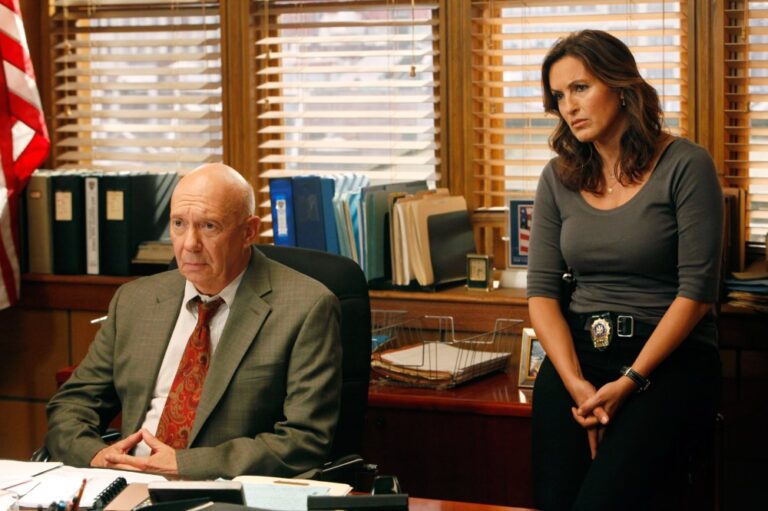For a long time, driving was one of the most anxiety-inducing things in my life.
I would sit behind the wheel, my white-knuckled hands shaking, heart pounding, body braced in a state of hyper-vigilance.
Slowly, I found myself making any excuse I could not to drive, walking miles with a double buggy, turning down invitations that required a car trip or losing sleep visualising the next day’s two-and-a-half-hour drive to my parents.
On paper, I was competent, safe, capable. But anxiety doesn’t care about logic. My mind paired driving with danger, even death. The more I avoided it, the scarier it felt.
And so I stopped. Ten years passed without me driving.
But as a mum of three, with all the chauffeuring responsibilities that entails, refusing to drive was becoming untenable. There were only so many times I could leave the house hours early to walk those long distances.
Finally, I realised it was time to face my fear head-on.
As a psychotherapist, I know I’m not alone in experiencing driving anxiety, also known as amaxophobia.

Despite having now been on the roads again for 11 years, I still sometimes feel the glow of pride and freedom as I head on to the motorway slip road, writes psychotherapist Anna Mathur
More than a third of people feel anxious behind the wheel, according to research by insurance firm Aviva, with separate surveys showing around 10 per cent experience it so severely it counts as a phobia.
It’s particularly prevalent among women, with those in their 40s and 50s typically most likely to fall victim. So what causes it?
Sometimes this fear stems from trauma, as with the client I worked with who started experiencing panic attacks after a friend was involved in an accident. Other times, it’s inherited.
I’ve spoken to women whose mothers never drove, so for whom getting behind the wheel felt like stepping into unknown territory.
Yet for many, it’s a heady combination of midlife pressures and the increased feeling of vulnerability that comes with parenting and hormonal changes, resulting in an overloaded nervous system saying ‘no more’.
The good news is the fear doesn’t need to be permanent. It takes time, patience and perseverance, but freedom from this anxiety is possible – I’m living proof. And no matter what others may say, driving anxiety isn’t a sign of weakness.
It’s your body’s alarm system trying to keep you safe by avoiding something you perceive to be dangerous.
After I passed my test at 17, I drove happily for a while, though always with my instructor’s warnings about blind spots in the back of my mind.

More than a third of people feel anxious behind the wheel, according to research by insurance firm Aviva (picture posed by model)
Then in 2004, on a country road, aged 19, my wheel caught the crumbling edge of the road concealed by wet leaves. My then-boyfriend took the steering wheel and turned it sharply – his overcorrection causing the car to roll over, sending us into a bank. It was terrifying.
Thankfully no one was hurt, and afterwards I got a new car and continued driving. Yet slowly, the intrusive thoughts began, my mind spiralling into catastrophic ‘what ifs’.
Conveniently for me, I then packed myself off to a campus university and didn’t need to drive for four years before moving to London with my now husband and not driving for another six.
The longer I didn’t drive, the more fearful I became. It crept into my nightmares and I became sure that people I loved would die on the roads.
I was also a terrible passenger, often grabbing the seatbelt or sharply inhaling as we overtook traffic on motorways.
Occasionally I would try to drive but this led to so much panic my husband would have to take over. We once had to pull over on the motorway as my legs and arms were shaking and I began hyperventilating.
But in 2014 we moved to Godalming in Surrey, where I no longer had the Tube, Overground and bus stops on every street. My fear began impacting my young children, with me pulling out of playdates or family visits to avoid driving.
One day in 2016, after I found myself walking miles in the rain with a double buggy containing a two-year-old and a newborn rather than take the car, I said enough was enough.
So how do you begin to beat your driving anxiety?
Start by lowering the bar. Never mind motorway driving on day one, start by just sitting in the driving seat outside your house, or driving to the end of your road while being coached by a friend.
I began with small journeys I could have walked. Each small success tells your body ‘this is doable’, rewiring your anxiety response and building confidence. Another game-changer is to bring pleasure into the car – pair it with listening to a podcast.
Instead of focusing on horrifying scenarios, my brain started associating the car with me-time. I imagined the most mundane ‘likely outcome’ in place of worst-case scenarios.
Instead of a crash, I’d visualise arriving at my destination and hunting out a coffee.
Planning is important. If a journey feels overwhelming, map out stop-offs, making it more manageable than one trip.
Don’t underestimate the importance of your breathing. When anxiety spikes, your body races into fight-or-flight. A few steady breaths signals to your body that you are not under threat. Even now, I do a lengthy exhale as I overtake lorries on the motorway.
Most importantly, celebrate every win. For years, I berated myself for what I wasn’t doing, the roads I avoided, the invitations I turned down. But when I began congratulating myself for even the smallest of trips, I built momentum.
Despite having now been on the roads again for 11 years, I still sometimes feel the glow of pride and freedom as I head on to the motorway slip road.
I drive numerous times a day and the freedom is exhilarating. It took small, steady steps but it was possible. And it’s possible for you.
Driving anxiety can shrink your world, yet with patience and practice the road really can open up again.
n Find Anna’s Driving Anxiety video workshop at annamathur.com. The Good Decision Diary, by Anna Mathur (Penguin Life, £16.99) is out now.









